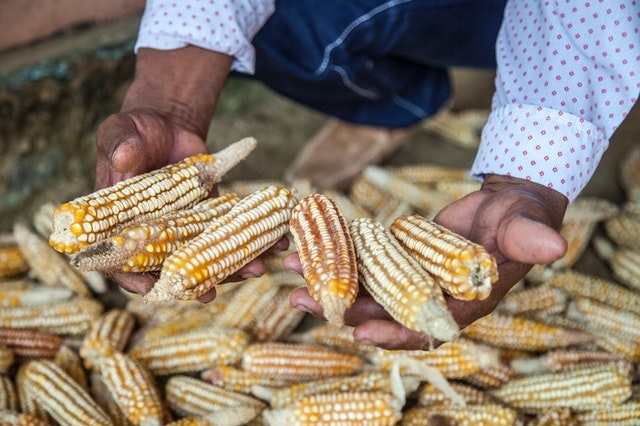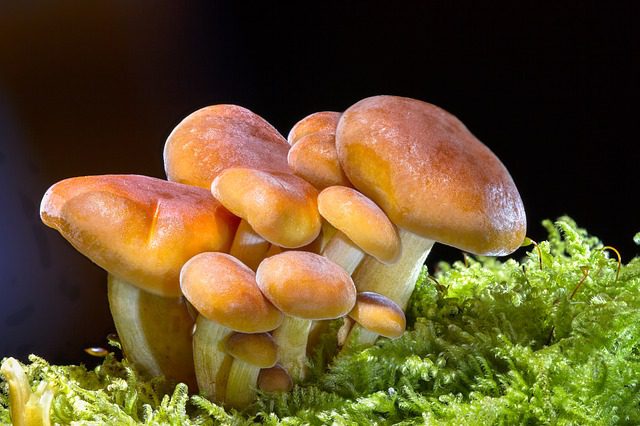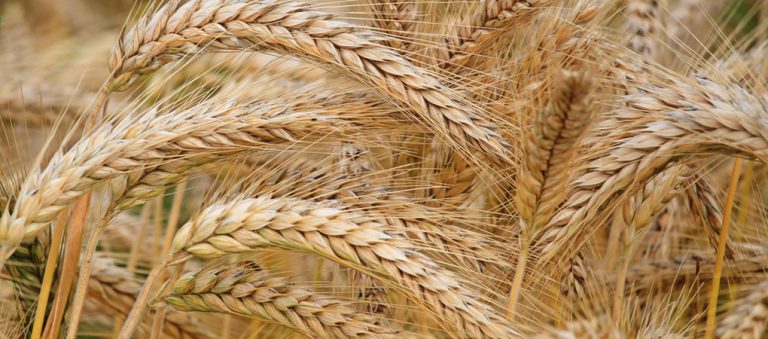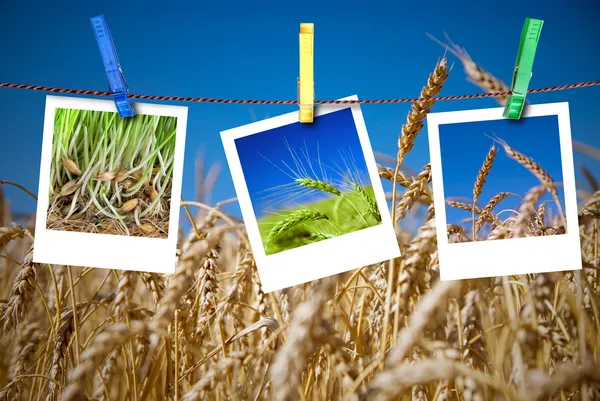Is maize farming profitable in Kenya? It in this post, we will estimate the money you will spend growing maize on a large or small scale production system. The Common expenses for maize farmers in Kenya include buying certified seeds, fertilizer and labor costs. It will also give you the profits after getting the returns for selling all your harvests.
Maize is Kenya’s main staple meal. In 2024, the per capita consumption of maize in Kenya is between 98–103 kilogrammes according to East Africa Grain Council (AGRA). In comparison, the per capita consumption is 73, 52 and 31 kgs in Tanzania, Ethiopia and Uganda, respectively. This translating to an annual demand of over 50 million bags of 90 kg. Apart from using corn for human food, it’s a raw material for making alcohol and animal feeds.
However, the country's yearly production has been less than 45 million bags shown below. They buy the rest from the East Africa Community countries of Uganda and Tanzania. Local maize production can fill the gap when it's optimal.
Read Next; Best Tips for making more money in maize farming in Kenya
Where to grow maize in Kenya
The best counties to grow maize in Kenya include Trans Nzoia, Uasin Gishu, Nakuru, Kericho, Nandi, Bungoma, Laikipia, Kisii and Narok counties among others. The map below shows the average yield per acre for every county.
Though there are different seed varieties for all agroecological zones, the highest yields are in the highland zone with high rainfall and a High Altitude of 1500-2100m above sea level.
The Average maize selling price for a 90 kg bag of maize is Ksh 2500. The selling price ranges between Ksh 1500 and Ksh 3500 based on region and the season.
There are two maize farming systems in Kenya; Large scale and small scale production. The table below compares these systems.
| Large Scale Production | Large Scale Production | |
|---|---|---|
| Average Farming Size | Over 30 acres production | 10 acres and below |
| Land Ownership | Hired for production | 80% of farmers own their land |
| Mechanization | Highly Mechanized | Less mechanization |
| Weed Control | Chemical weed control | Manual weed control |
| Average Yield (90kg bags) | 26 | 18 |
| Revenue (yield * Ksh 2500) | Ksh 65,000 | Ksh 45,000 |
| Cost of Production | Ksh 41,515 | Ksh 29,833 |
| Estimated Profits/Returns | Ksh 23,485 | Ksh 15,167 |
Returns for growing maize in Kenya
This section analyses the amount of money you will make by growing one acre of maize in Kenya. To determine the returns, you need to get the product your farm yields and the wholesale selling price.
Returns/Sales Revenue = (Total Yields (bags) * Price/bag)
The average maize yield per acre in Kenya is 16 and 20 bags for small scale and large scale systems respectively. This productivity is lower compared to her neighboring countries . It is attributed to a combination of factors such as fall armyworm pest infestations, and poor rainfall over time.
The maize wholesale prices in Kenya are Ksh 2500 in the harvest season. A small farmer with 16 bags will make a return of Ksh 40,000. On the other hand, A large scale farmer with 20 bags will get Ksh 50,000 returns from one acre of maize.
Cost of Maize farming in Kenya

How much money do you need to farm one acre of maize in Kenya? According to the Tegemeo Institute, You need to spend Ksh 26,000 to grow maize on one acre in Kenya. These costs will go to Land preparation, buying farm inputs like seeds and fertilizers. Other costs will go to crop management activities such as weed, disease and pest control, harvesting and drying maize. The rest will go to transport and marketing costs among others. The costs range from one region to the next as shown on the analysis above.
The following section will explain these costs in detail.
Land preparation
You need to prepare the land in four steps for the highest harvests. Start with a soil analysis to determine the fertilizers you need to buy and apply to your farm. The market rates in Kenya go at around KES 2500. You may get cheaper or subsidized costs in some counties.
The second step is a basal application of well-decomposed manure, DAP fertilizer or HUMIPOWER. An acre needs 1 ton of compost and 36 kilograms of DAP fertilizer.
Maize requires fine tilth for ample growth. Plough the land early enough to allow solarization. If it has clods, you need harrowing before making planting holes.
The last step is making holes at a spacing of 75 cm by 25 cm or 50 cm if you practice mono-cropping or inter-cropping. It costs KES 3000 per acre to plough and harrow land in most areas.
Best Certified Maize seeds in Kenya
Early planting help in getting healthy crops free of pests and disease. To make sure you do not lose planting time, seek seed early enough before the planting season. There are four types of maize varieties in Kenya: highland maize varieties, medium attitude, transitional zone and lowland varieties. To select the one suitable for your farm, use a seed selection app like the mbeguchoice.
Besides, decide if you want to plant an open-pollinated variety, a local seed or a hybrid. The highland types are H6218, H6213m H6213, H614D, H629, H624, and H517.
An acre needs 10 kg of seed. The current cost of a kg of planting seeds is around KES 180.
Best Fertilizer for maize in Kenya
There are different fertilizers you can use for maximum maize yields in Kenya. As earlier stated, start with a soil test or analysis to get its pH levels and plant nutrients.
The following chart has the broad recommendation or applications doses for maize growing areas in Kenya highlands. You will therefore use 36 kg DAP and 1 ton of farmyard manure while planting. For topdressing, use 40 Kg of urea, Calcium ammonium nitrate (CAN) or ammonium sulphate nitrate (ASN) fertilizers per acre of maize.
Excessive use of acidic fertilizers has led to extreme acidity affecting farm yields. You may need to use lime to correct its pH. Fertilizer companies in Kenya are now blending crop and regional specific fertilizers. You can use 75kg of Baraka maize planting fertilizer N:P: K 14:28:8 +S+Ca+Zn+B. To further boost your yields, you can apply a foliar feed fertilizer.
Weed control
Striga weeds can cause 20 to 100% of maize losses in Kenya. Others are the couch grass and the satin tail. You can reduce weeds by chemical or manual methods. Do the first weeding within three weeks after germination. Depending on the rainfall patterns, you may need up to 3 times weeding. If you need to use herbicides, follow the recommended schedule that uses a pre-emergence herbicide followed by a post-emergence one. Once the maize reaches waist-high, spray a broad leaves herbicide to keep the rows clear.
Disease and pest Control
Some pests like Fall armyworm (FAW) and diseases like the maize lethal necrosis disease (MLND) can cause up to 100 per cent crop failure. You can reduce these losses by either using pesticides or the integrated pest management (IPM) method. It promotes the use of disease or pest tolerant quality seeds, plant nutrition and crop rotation.
The major maize pests in Kenya are the FAWs, stalk borers, maize aphids, termites. Locusts, grasshoppers, white grubs and cutworms during production.
The post-harvest insects include spider mites, large grain borers and grain moths. The major diseases are the MLND, maize smut, northern leaf blight, grey leaf blight and common rust and ear rots.
Labour costs
You will need over 40 working days to produce maize from planting to harvesting. You require it for planting, first and second weeding, stacking and harvesting. Depending on the scale of your farm, you can use machinery for some of those activities. Most times it is a negligible difference in manual or use of machines in farm operations. Using tractors for planting, weed control and or harvesting is more efficient since you can complete work in a short period.
Harvesting and Drying costs
There are many costs associated with harvesting apart from its labour. These are buying harvesting bags, transporting maize from farm to stores, shelling maize from maize combs, storing and transporting maize to the market. Others drying it to the reccomended moisture content of less than 13.5%. To measure this, use a Grain Moisture Meter can be to monitor moisture and temperature content of different grains.
Drying is best on clean tarpaulins or cemented surfaces rather than tarmac or bare ground.
Gross and Net profits
The gross profit is the difference in total production costs from the gross revenue determined above. As the total cost is around KES 48,900, you will make a gross profit of KES 51,100 for growing maize on an acre. It assumes you will store maize and only sell later when prices have increased. The use of hermetic-bags is a cheap method of storing maize for a long time without using toxic preservatives.
Net profits
The net profit in maize farming is after deducting other costs from the gross profit. It represents the actual money that you make for growing maize in one acre in Kenya. These include taking field surveys to observe progress, communicating with buyers and transport costs. These sum up to KES 9,700 giving you final net profits of KES 41,400.





Very educative
Thank you